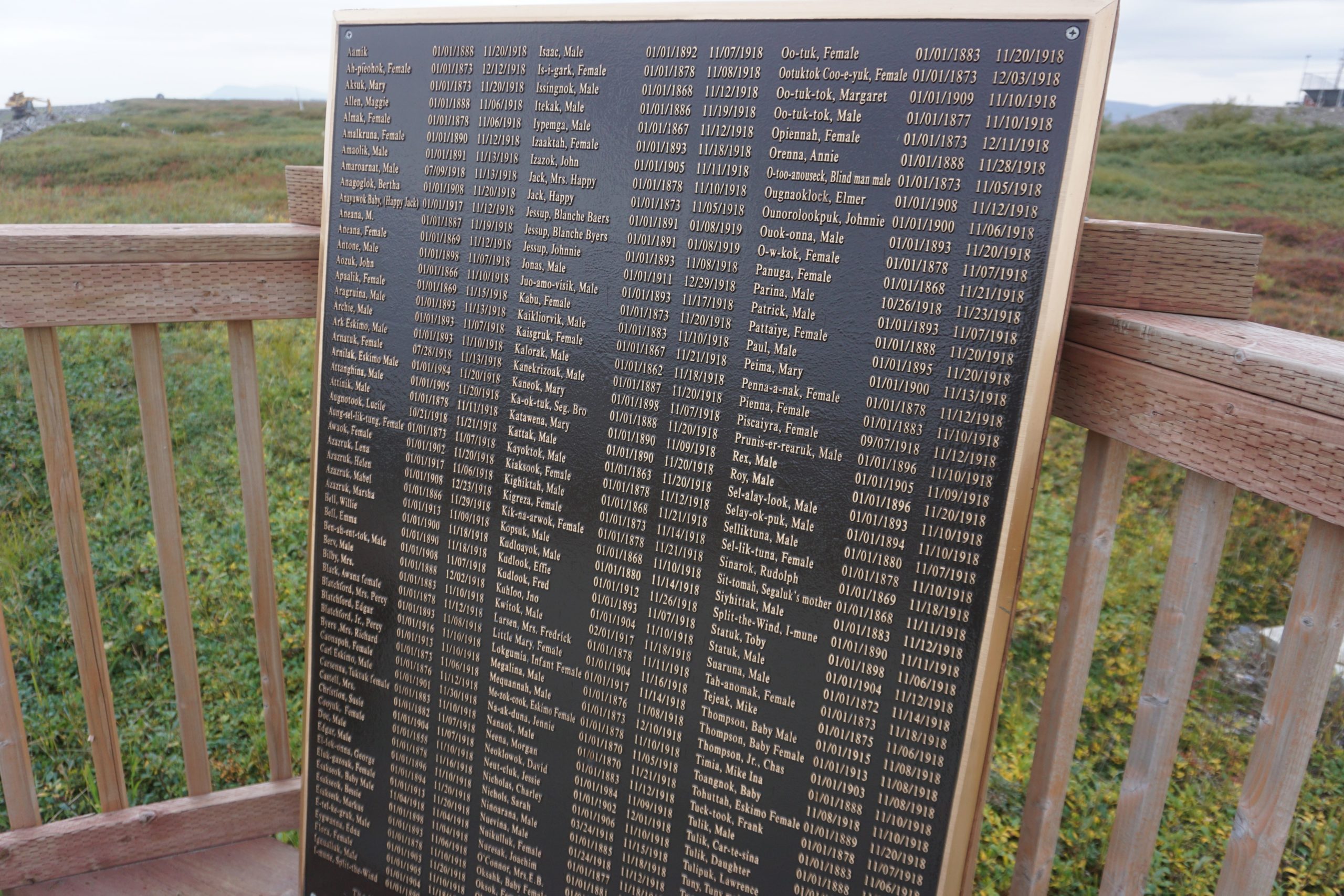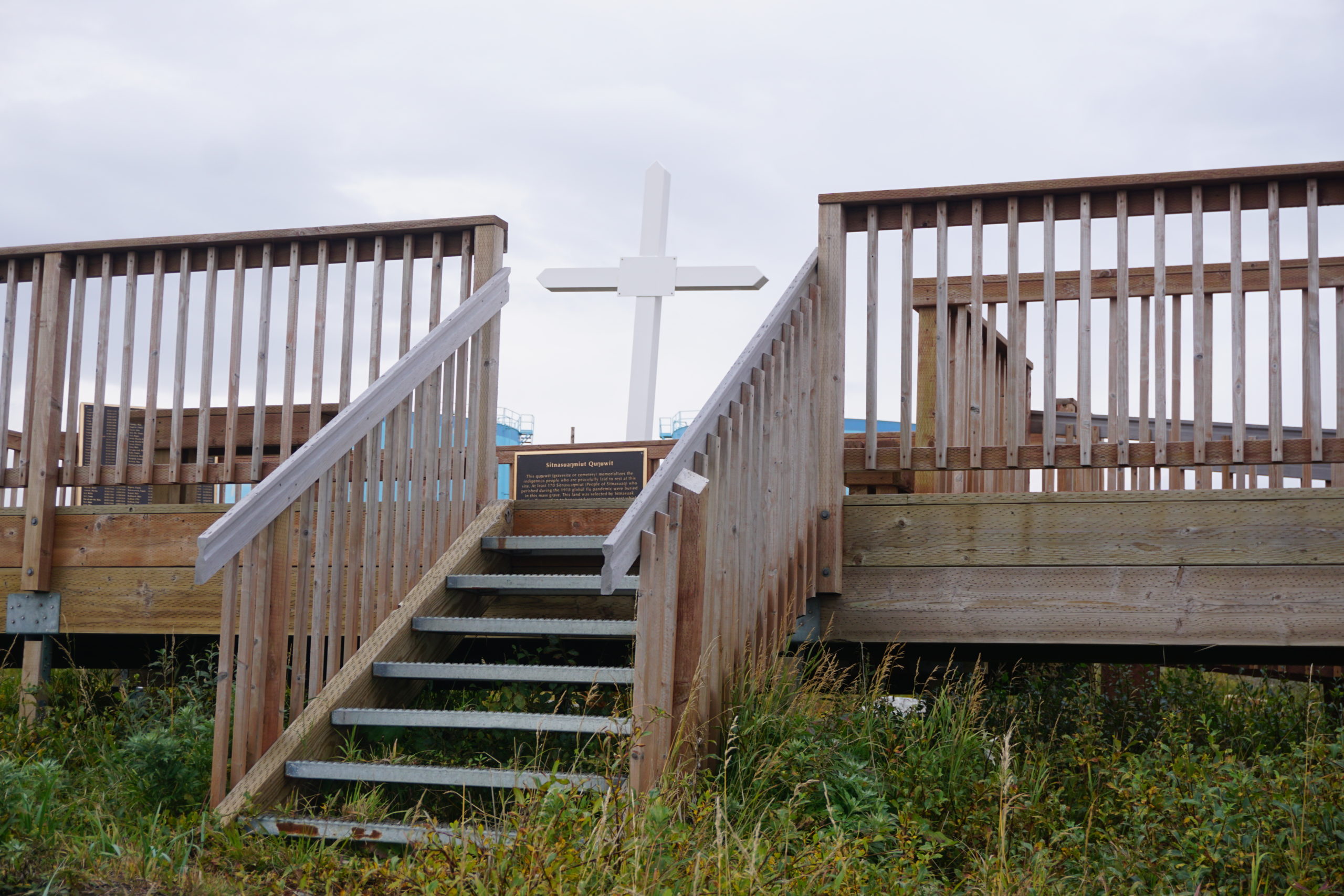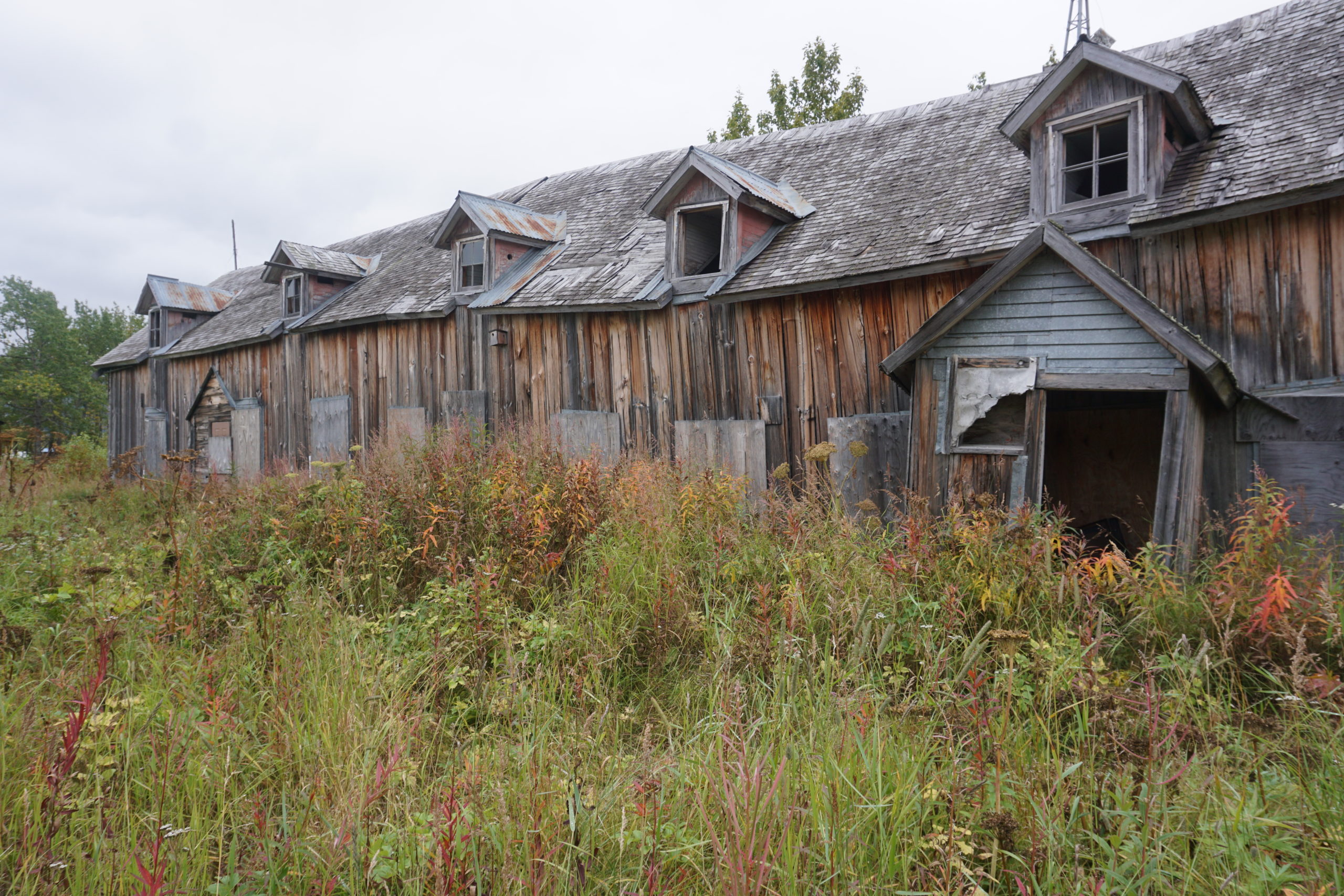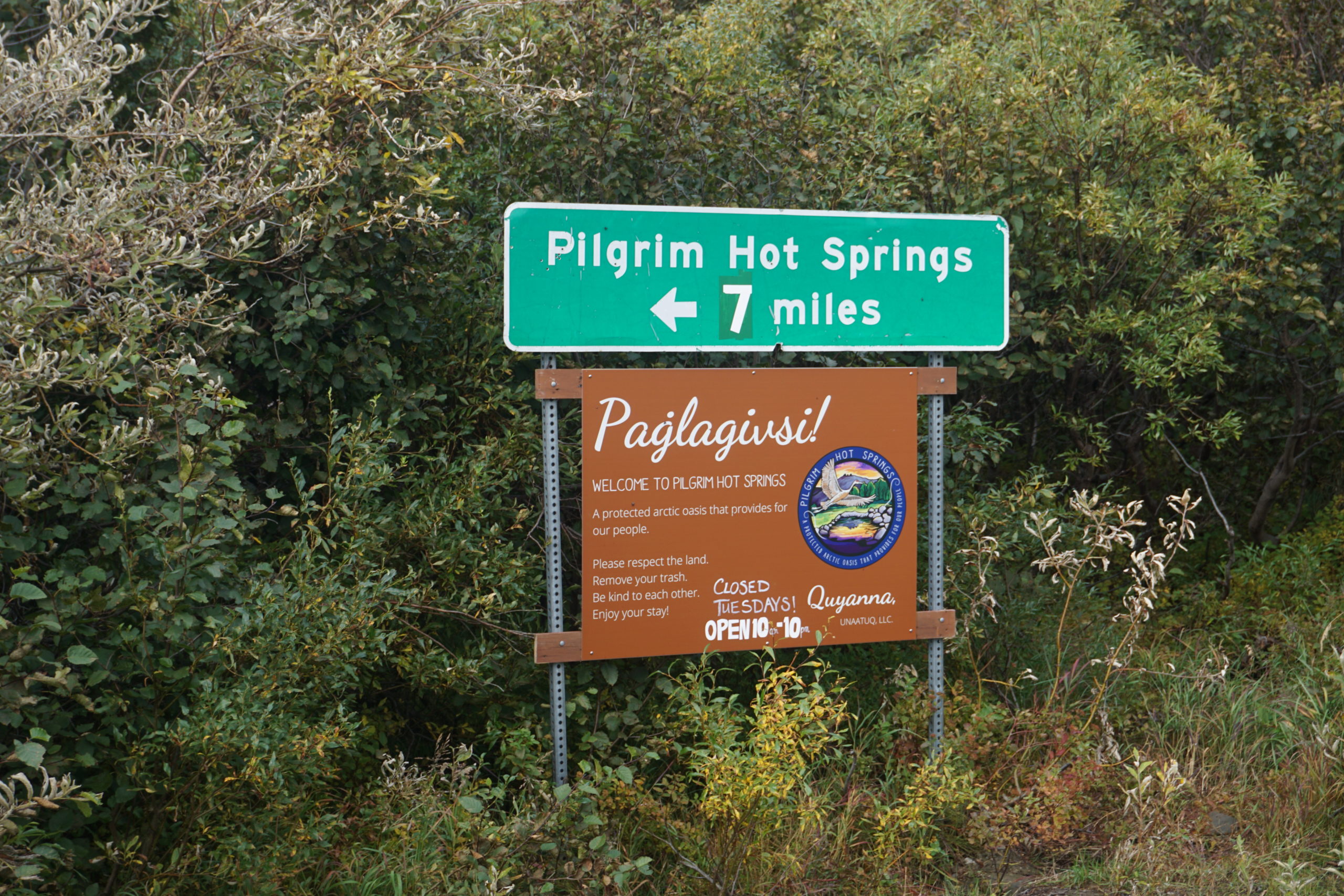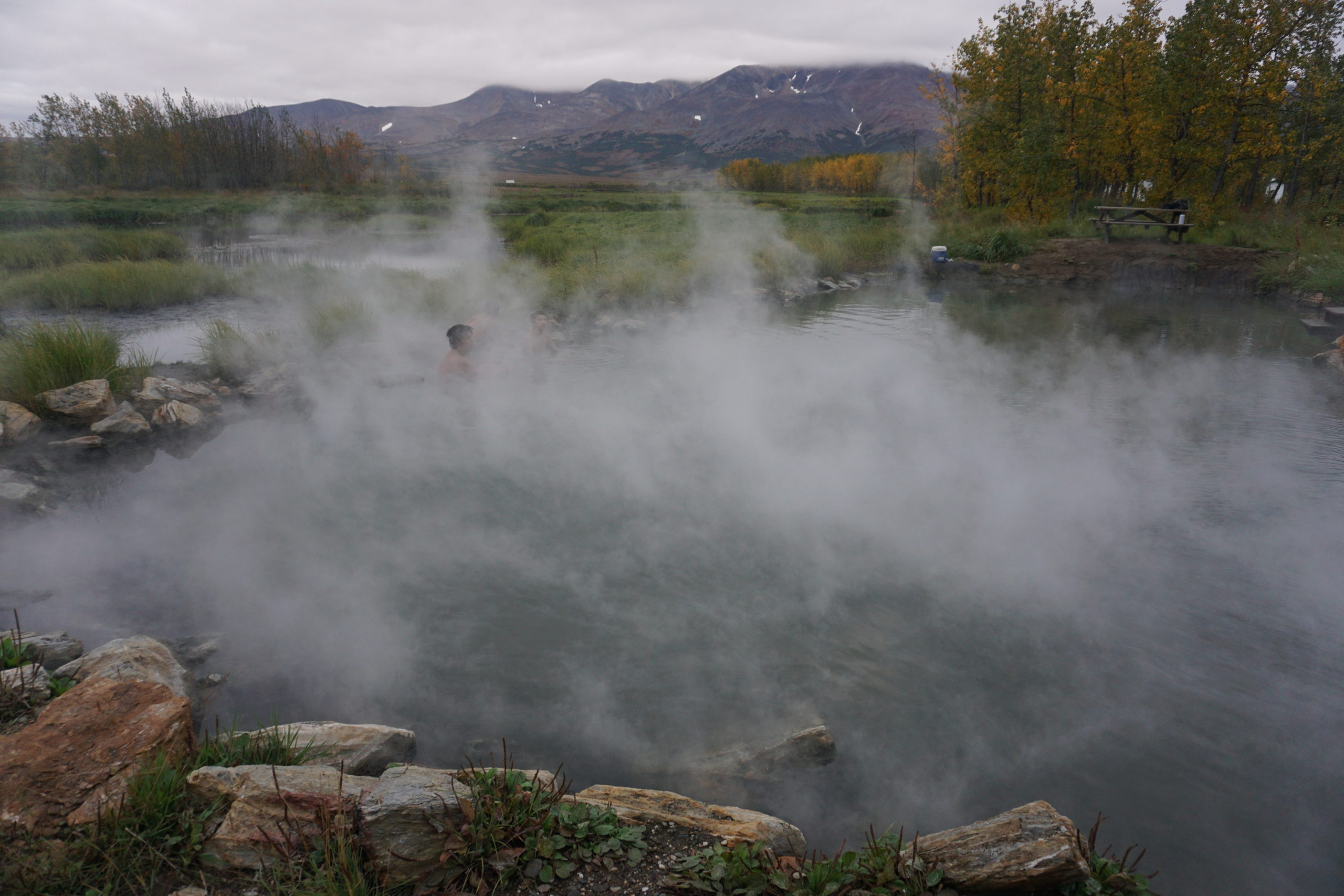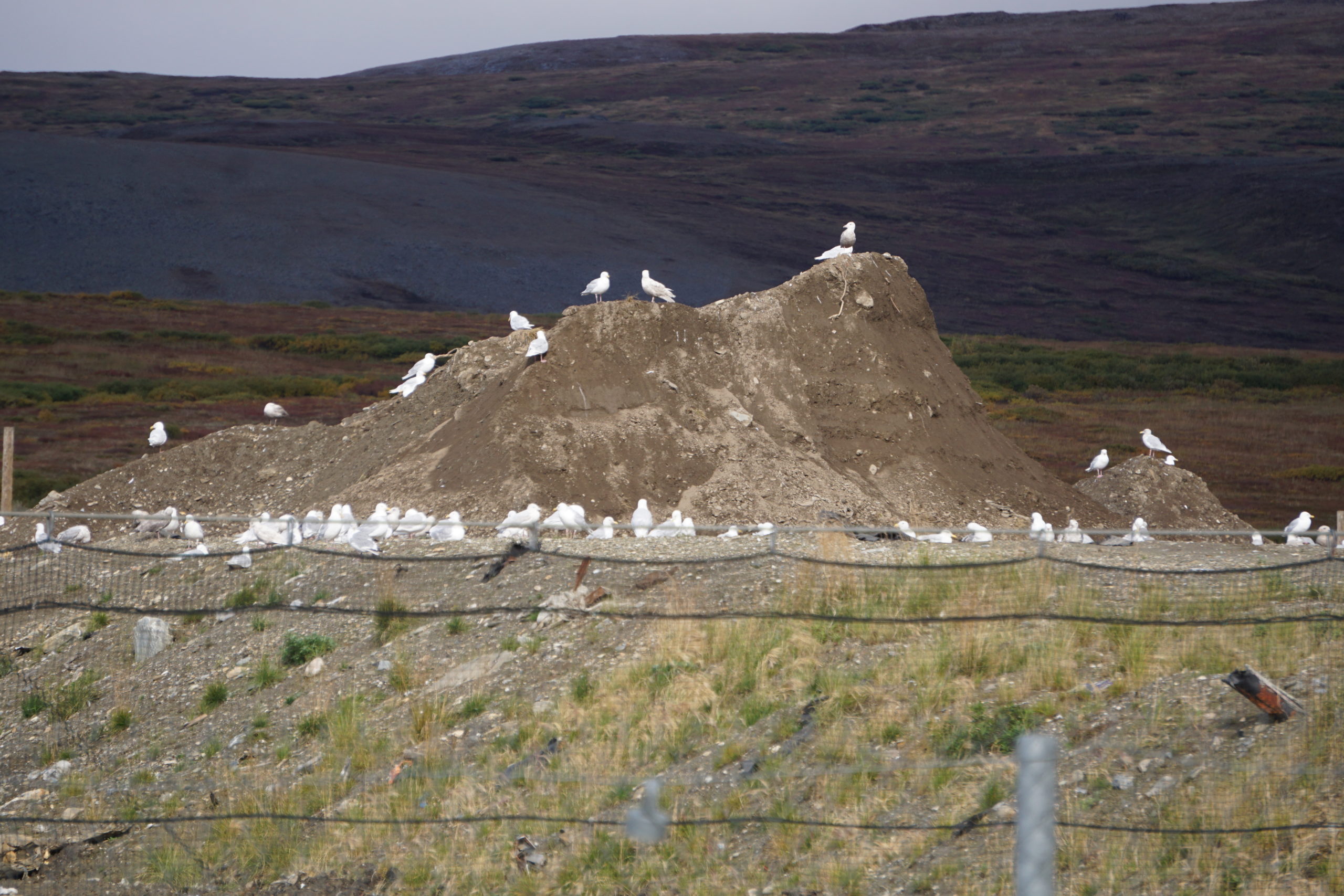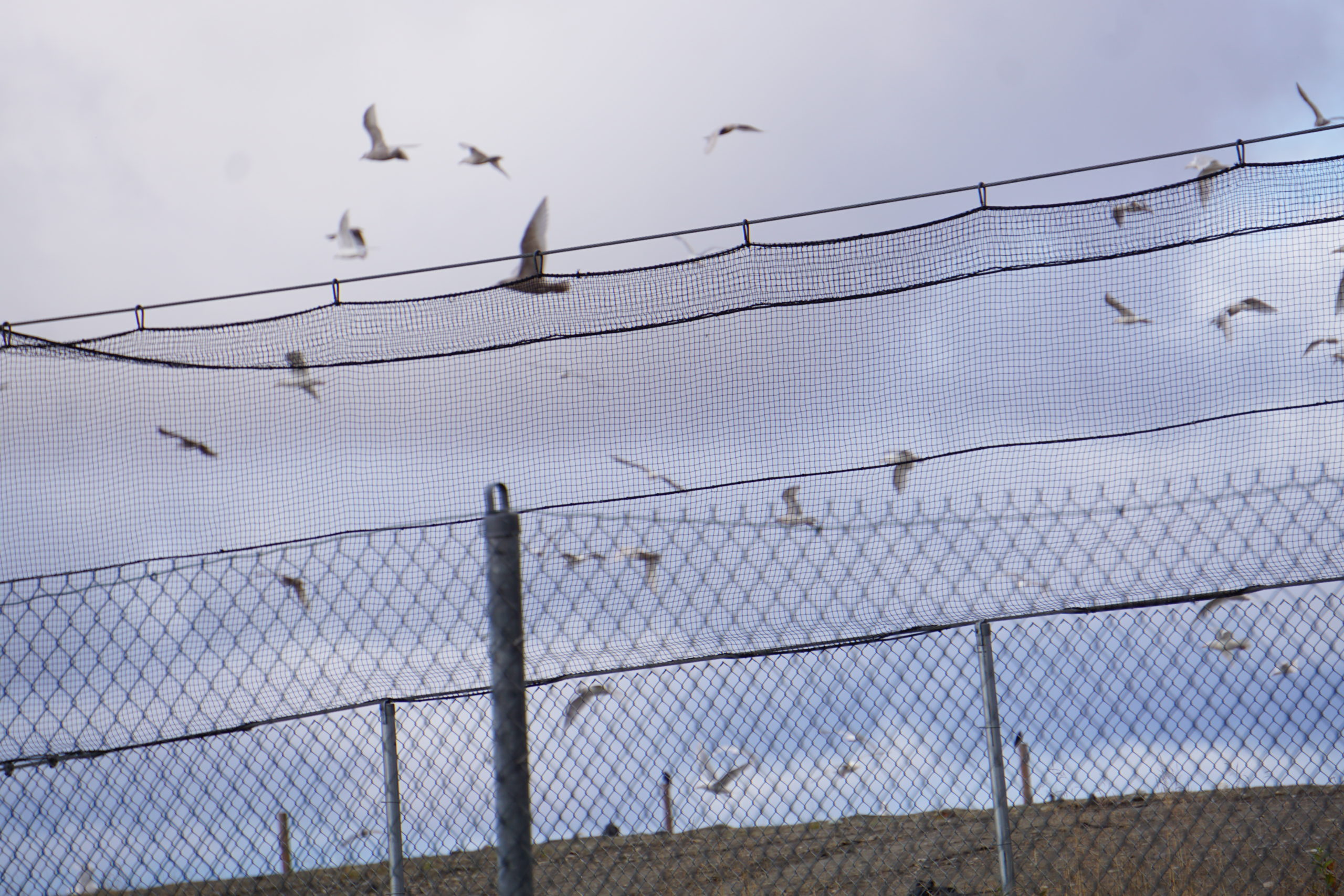In rural Alaska, COVID-19 evokes memories of a past pandemic — and shapes preparations for the next one
The 1918 influenza epidemic is still remembered keenly in parts of rural Alaska.
The COVID-19 pandemic has highlighted health disparities long endured in many Alaska Native villages. Now, informed by the lessons of the pandemic, Alaskans are making investments and using research and design to build a healthier future in rural and remote areas. This is the fourth and final piece in a series that tells their stories.
When first cases of COVID-19 emerged in North America, residents of Shaktoolik, an Inupiat village on Alaska’s Bering Sea coast, snapped into action. Within days, they dug out and refurbished an old cabin at an abandoned site to serve as a cozy, relocated checkpoint for the approaching competitors in the 2020 Iditarod Trail Sled Dog Race.
Normally, the Iditarod is an annual highlight and joyful event for the Alaska Native communities along the route, but in March of 2020, villagers in Shaktoolik and elsewhere on the trail felt compelled to keep their distance to avoid any possible transmission of novel coronavirus that was starting to upend the world.
The Shaktoolik response echoed history.
A century earlier, armed guards stood outside of that same village, barring entry to dogsled-driving travelers who might be spreading the strain of influenza that ultimately killed at least 50 million people worldwide.
Alaska Native responses to the COVID-19 pandemic have been guided by the horrors of the 1918 pandemic, which is seared in the collective memory for its crushing toll on indigenous people. Local and tribal governments in mostly Native rural regions invoked their relatives’ experiences as they slapped on travel bans, mask mandates, shutdowns and lockdowns.
That pandemic is not distant history to Alaska natives. It “had a tremendous impact that really 100 years later is alive and well in many people’s minds,” Bryce Edgmon, a Yup’ik state legislator from Dillingham, said in his keynote address at the 2020 Alaska Federation of Natives convention. Edgmon recounted walking on a beach when he was a child, looking at the eroding bluff “and seeing caskets, body parts, from Chinese cannery workers that had perished from the Spanish Flu of 1918.”
Now the COVID-19 experience is helping inform preparations in rural Alaska for what is expected to be the next pandemic, which several experts expect to be an echo of past history.
Another avian influenza pandemic is “highly likely,” according to a state report, and “inevitable,” according to a study by Chinese researchers. If a particular strain of avian influenza mutates and starts jumping species, “another human influenza pandemic could occur with devastating consequences,” scientists from the Chinese Academy of Agricultural Sciences warned earlier this year.
Tom Hennessy of the University of Alaska Anchorage, the former head of the Centers for Disease Control’s Anchorage-based Arctic Investigations Program, had a similar message.
“We are going to see another influenza pandemic. Whether we’re able to manage it or not, I think, will depend a lot on the lessons we pick up from dealing with COVID,” he said at an online conference held in April by the University of Alaska Fairbanks’ Center for One Health Research.
The virus that caused the influenza pandemic a century ago was a mutated avian-carried strain that, though it arrived in Alaska relatively late, hit Indigenous people particularly hard. While Alaska Natives made up 48 percent of the then-territory’s population at the time, Natives accounted for 82 percent of the documented influenza deaths through 1919, according to an analysis by the Alaska Division of Public Health. Death rates in some Alaska communities hit 90 percent.
The Bering Strait region, with nearly two-thirds of the Alaska influenza deaths, suffered more than almost any place in the world. There are ghastly stories of entire villages nearly wiped out, orphaned children left to starve and freeze and almost everywhere, sudden collapses.
“That kind — that sickness was — you’d be all right, you’d be all right, but if you got the germs of it, just as soon as you go out, you drop dead. That’s the kind of sickness it was, that sickness,” an 82-year-old Wayne Eben, who grew up in the Inupiat villages of Unalakleet and White Mountain in the Bering Strait region, recounted in a 1992 oral history interview.
Memories remain fresh in the Bering Strait region
There are prominent reminders in the region: Memorials at mass gravesites in the hub community of Nome and the outlying villages of Brevig Mission and Wales, which suffered devastating losses. Another memorial is Pilgrim Hot Springs north of Nome; now a recreational refuge, its preserved buildings served and an orphanage for waves of children who lost their parents to influenza. Among the many Bering Strait residents who are descendants of those orphans are legendary Iditarod musher Joe Garnie of Teller and his daughter, Blanche Okbaok-Garnie, currently the village’s mayor.
The family matriarch, the mayor’s great-grandmother, was one of those children. She was still a teenager when she married a local reindeer herder who did his courting at the orphanage. “They lined up all the girls and he got to choose who he wanted for a wife, because he was rich,” Okbaok-Garnie said. Once wed, her great-grandparents immediately adopted three younger orphans to start their family, Okbaok-Garnie said.
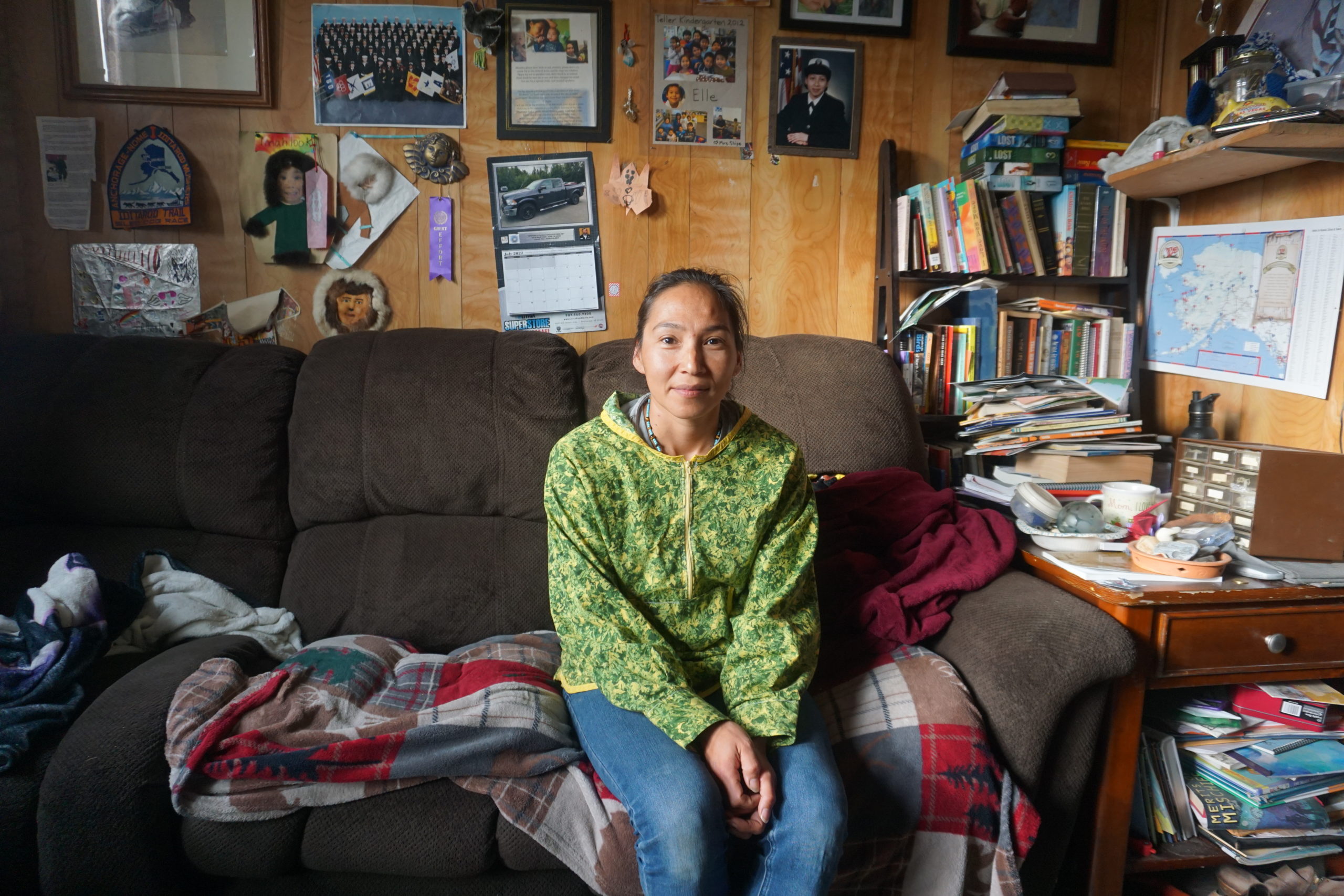
Though the 1918 “Great Death” was the worst influenza pandemic, it was followed by other waves of avian influenza in Alaska, products of viruses that bounced across species. The last was in 2009, and it also put a disproportionate burden on Alaska Natives, who had hospitalization rates four times that of Alaska whites, according to a study by the CDC’s Arctic Investigations Program, state health officials and experts from tribal health organizations.
Health officials then cited the same factors that put rural Alaska more at risk for COVID-19 — scarcity of running water and full sanitation services, overcrowded housing, long distances from full-service medical providers
There are other Alaska COVID-influenza parallels.
A pandemic plan issued by the Alaska Department of Health and Social Services in January 2020 — just before COVID-19 crisis reached the state — painted a worst-case influenza scenario that envisioned a 30 percent infection rate similar to the global infection rate of the 1918 pandemic. Under that scenario, 2,210 Alaskans would be hospitalized and 740 — about one out of 1,000 Alaskans — would die, the plan projected.
The COVID-19 pandemic exceeded that worst-case projection. As of December 13, about one in five Alaskans had been diagnosed with COVID-19 and there had been more than 3,100 COVID-19 hospitalizations and 857 recorded deaths of Alaskans, according to state data.
In another echo of past epidemics, a disproportionate amount of the COVID-19 toll has fallen on Alaska Natives. Natives comprise 16 percent of Alaska’s population but accounted for 28 percent of COVID-19 deaths through October 2021, according to state data.
But there are also signs of Alaska Native resilience — and successes at intervention.
Since the introduction of COVID-19 vaccines — enthusiastically embraced in Alaska’s predominantly Indigenous rural areas — the fatality gap has narrowed from a much higher rate of 37 percent rate during the 2020 calendar year.
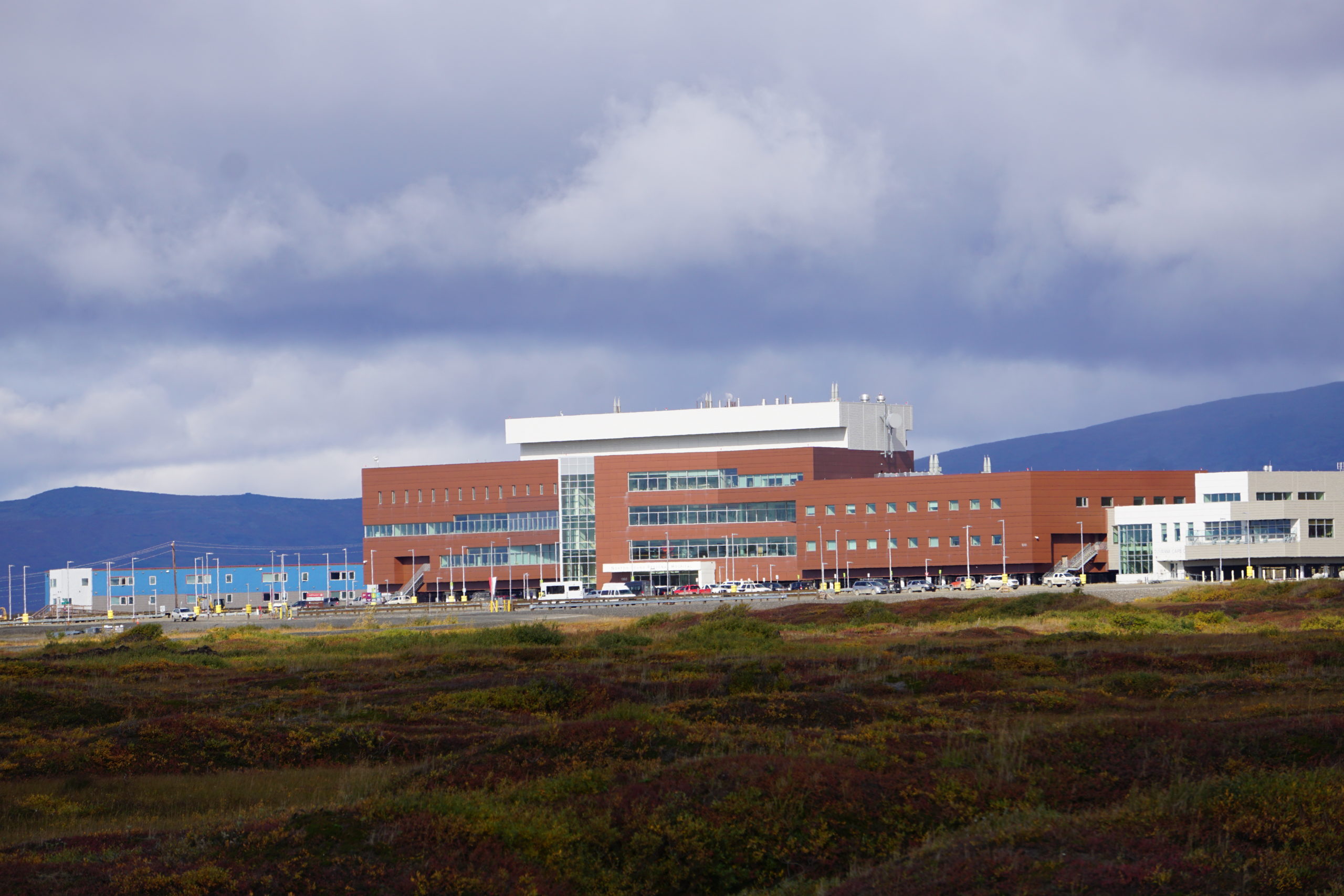
As was the case in 1918 in Shaktoolik and a few other fiercely guarded sites, some Alaska villages have managed to limit the spread of COVID-19. For example, St. Paul, a community of about 390 with some strict pandemic rules, had racked up only five on-island cases as of early December — a rate much lower than the statewide rate — despite being an important commercial fishing port with significant vessel traffic and a seafood-processing plant.
The anti-COVID measures like travel restrictions, school closures, public-gathering limits and more vigilant sanitation efforts also helped control other contagious diseases that usually plague rural Alaska and the wider Arctic.
In the Yukon-Kuskokwim Delta, the western Alaska region that usually has some of the nation’s worst rates of serious respiratory syncytial virus infections and acute respiratory infections among young children, case numbers dropped in an unprecedented fashion, according to a study led by the CDC’s Arctic Investigations Program. There was a four-week stretch during the 2019-20 winter with no hospitalizations of children with respiratory illnesses, “something not seen in the preceding 26 years of surveillance,” the study said.
Influenza cases also dropped dramatically, consistent with global trends. Statewide, there were only 124 positive influenza tests reported in the 2020–21 season, a fraction of the 4,000 to 7,000 cases reported in each of the five prior Alaska influenza seasons, the Alaska state epidemiology office reported.
Also possibly contributing to the low rates was an Alaska influenza vaccine blitz conducted in the state as a dress rehearsal for the COVID vaccine rollout. Vaccinations in the fall of 2020 were 20 percent higher than in the previous two fall seasons, the epidemiology office reported.
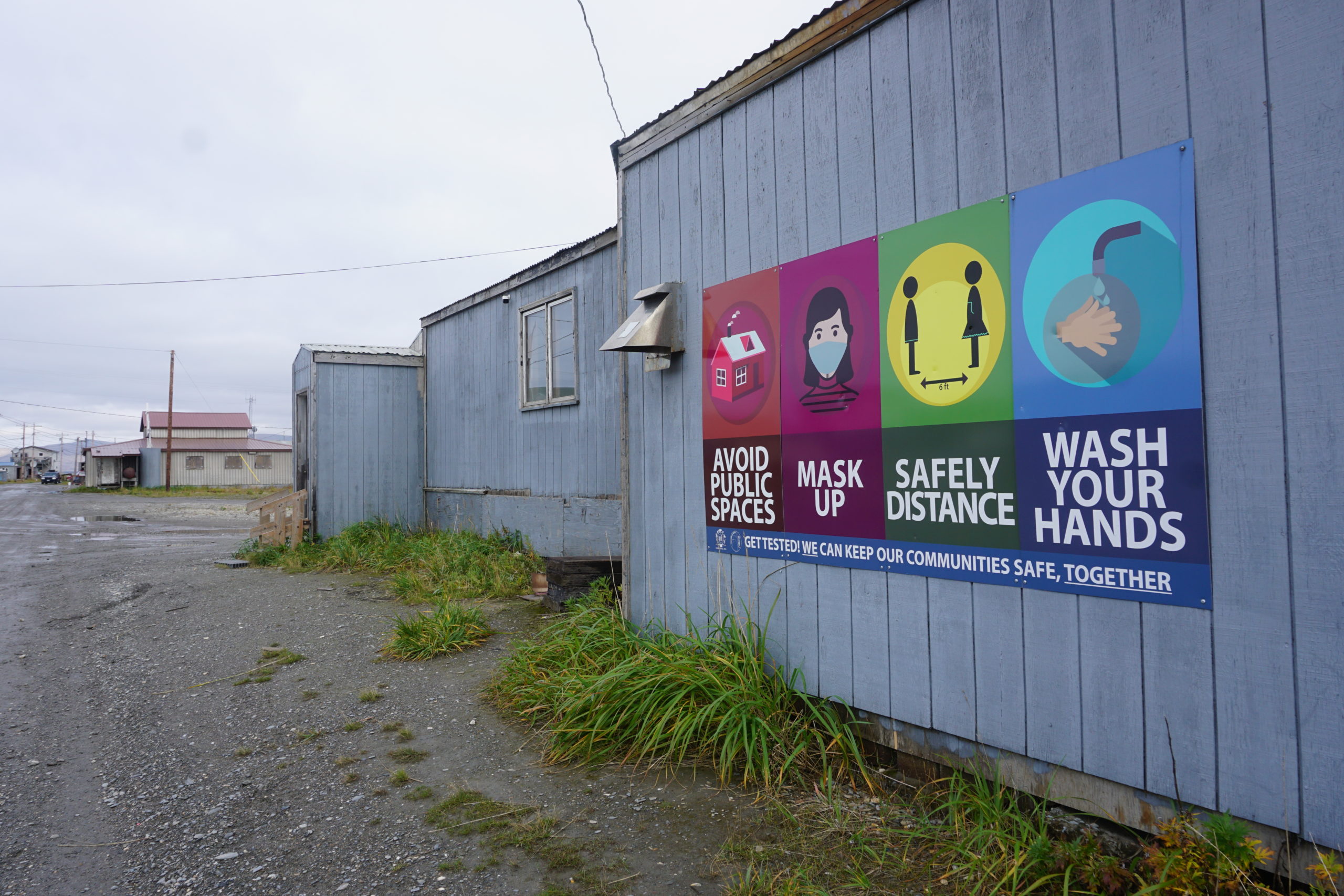
The hope is that COVID-inspired health measures that held down rates of other diseases will stick, said state epidemiologist Louisa Castrodale.
“Those diseases are not eradicated, and they didn’t just go away with COVID,” Castrodale said. “There’s still sort of an emphasis on making sure that the gains that we made are not lost and we can continue to minimize the transmission of those diseases.”
In the long term, health protections in rural Alaska likely depend on better water and sewer service, along with continued monitoring of avian influenza and other zoonotic diseases that may follow COVID-19.
The just-signed Infrastructure Investment and Jobs Act, with $3.5 billion for Indian Health Service water and sanitation projects and other money for drinking-water and climate-resilience programs, offers the promise of improved service.
Watching the environment for warnings signs of disease
Also looking to the long-term are wildlife biologists and ecologists who are watching for zoonotic diseases like influenza that are circulating in Alaska’s rapidly changing environment.
Ducks, geese and other waterfowl are global reservoirs for avian influenza viruses. Alaska’s position as a migratory bird crossroads with expansive wetlands for summer breeding makes it a critical point for worldwide transmission of those viruses. Alaska’s wetlands, recent research by the U.S. Geological Survey has shown, can sequester avian influenza for more than a year.
The Bering Strait region is a bullseye for converging flyways, with millions of birds using the around-the-clock daylight and rich marine ecosystem to breed and feed. It was the crossing point, for example, of an avian virus that moved from Asia to the U.S. and devastated poultry populations in 2014 and 2015.
The Bering Strait and wider Beringian region is also global hotspot of climate change, which can alter migration patterns and exacerbate the transmission of avian influenza and other zoonotic diseases.
“The warmer it gets, the longer birds will be up in Alaska,” Peter Rabinowitz, director of the University of Washington’s Center for One Health Research, said at the April conference hosted by UAF. Warmer temperatures will likely “give more chance for more bird interaction between birds from the Americas and birds from Asia,” said Rabinowitz, who co-authored a study on the subject.
Some new or new-to-Alaska avian diseases have already been discovered in recent years. The first documented Alaska case of avian cholera was found in 2013 on St. Lawrence Island in the rapidly warming northern Bering Sea. UAF scientists found a novel avian influenza strain in 2018 in a bird on the same island, a known mixing ground for bird-carried viruses. Farther south in the Gulf of Alaska, scientists this year discovered the first known incidents in Alaska of avian botulism Type C in carcasses from a kittiwake die-off.
For Alaska Native villagers who depend on wild waterfowl for food, knowledge about diseases in bird populations can be essential. If diseases cause bird die-offs, that could affect food availability. If diseases jump to humans, outcomes could be worse.
A new University of Alaska-led study provides practical information that can help those hunters be selective about their harvests and thus reduce their risks of exposure to avian influenza.
The study uses genetic analysis to determine which species of commonly hunted waterbirds are most and least likely to be carrying Eurasian influenza viruses into their Alaska breeding grounds.
Greater scaups, mallards and northern pintails were found to be the most likely to pose risks to subsistence hunters, while green-winged teals, common eiders and common and Wilson’s snipes were found to pose the lowest risks.
The study is not a perfect guide, said lead author Fern Spaulding of UAF. For example, she said, hunting of eiders, a low-risk bird, requires a coastal location. “Someone who lives in Interior Alaska is not going to have access to harvest common eiders,” she said.
Still, it adds to the understanding of how potentially dangerous viruses can move between continents through wild bird populations. In the era of COVID-19, a disease caused by a virus that is known to jump across animal species, the subject has new significance.
“People, even just the general public, will probably have more awareness of zoonotic diseases in the environment. COVID itself is kind of a precursor to people paying more attention,” Spaulding said. “If avian influenza is the next epidemic or pandemic, I think people will certainly be paying more attention to this stuff.”
Support for this reporting came from the Dennis A. Hunt Fund for Health Journalism, a program of the Annenberg Center for Health Journalism at the University of Southern California.
